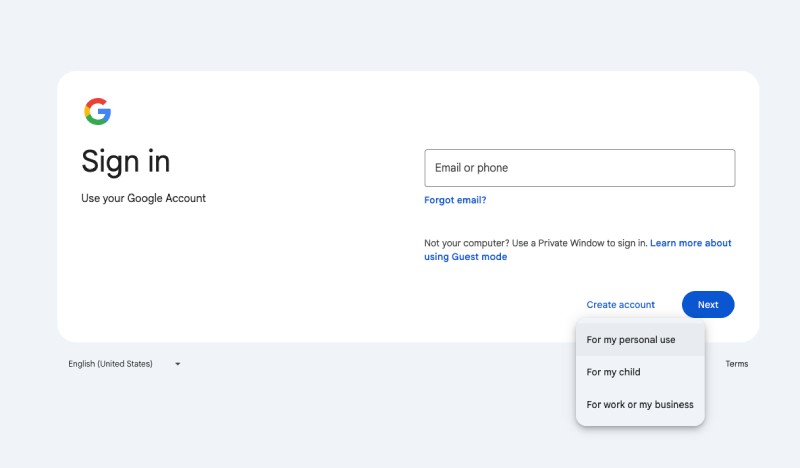 As you work to improve your website’s rankings, you may spend a lot of time looking at the visibility data of your website. If you are inexperienced, you may not understand what is causing your traffic to fluctuate at certain times, or understand what might influence your website’s traffic in the first place. Of course, before you can see a major impact to the traffic on your site, you need to learn the factors that will most significantly increase website traffic. In this article, we will review eight of the best content marketing tips and techniques to optimize visibility and increase website traffic.
As you work to improve your website’s rankings, you may spend a lot of time looking at the visibility data of your website. If you are inexperienced, you may not understand what is causing your traffic to fluctuate at certain times, or understand what might influence your website’s traffic in the first place. Of course, before you can see a major impact to the traffic on your site, you need to learn the factors that will most significantly increase website traffic. In this article, we will review eight of the best content marketing tips and techniques to optimize visibility and increase website traffic.
1. Overhaul Your Content
Quality content generation is key to driving traffic to your site. Websites that consistently produce relevant, original content can create a steady increase in organic search results from the search engines, which can directly increase the amount of traffic to your site. It is imperative that you write informative content for your website that reflects the goods or services you offer. In addition, your content should be based on relevant keyword research for popular search terms that are specific to your industry.
While it is possible for anyone to create and share industry-relevant content, content-creation is a time-consuming and sometimes difficult endeavor. Thus, it is often cost-effective to hire in-house content creators or a professional marketing team to create a steady flow of content for your website.
2. Disseminate Your Content Across Multiple Channels
Once you are consistently generating relevant and engaging content backed by keyword research (see #1), the next step to increase website traffic is to effectively distribute your content. Unless you have a large subscriber base, simply publishing content on your website or blog is not likely to reach a large number of people. Thus, you must ensure that you distribute your content across email newsletters, social media sites, web feeds and other websites in order to generate more visibility and traffic to your website.
While listing every method for disseminating your content could take up a whole article, here are a few to help get you started:
- Email Newsletters: Email subscription services allow published content on your blog to automatically be pushed to your subscribers through email, enabling up-to-date delivery of all posts. Services like MailChimp can provide ready-made subscription forms for your website and provide tools to customize your email campaigns.
- Social Media Channels: Many businesses publish their content across a variety of social media channels, including Facebook, Twitter, Instagram, Linkedin, Tumblr and Reddit. This can easy be managed by using social media management programs like Hootsuite to post and schedule content for all of your social media channels in one place.
- Web Feeds: Similar to an email newsletter, web feeds are a data format that allow web users to subscribe to content updates and view them in a standardized, computer-readable format. These feeds can then be added to a news aggregator (think email but for content) that allows subscribers to access recent content from different websites using a single platform.
3. Utilize Search Engine Optimization
 Search engine optimization (SEO) is crucial to improving the visibility of your website and content in the search engine results pages (SERPs), and thus plays an essential role in increasing website traffic. Think of it this way: SEO makes it easy for both search engines and web users to find your content. The easier it is to discover your content, the more traffic you are going to to get. Search engine optimization techniques can be used in the content you publish (through keyword research and on-page SEO), as well as in the website build itself. Thus, it is vital to be aware of and utilize SEO practices both when researching and creating content, as well as designing and developing your website.
Search engine optimization (SEO) is crucial to improving the visibility of your website and content in the search engine results pages (SERPs), and thus plays an essential role in increasing website traffic. Think of it this way: SEO makes it easy for both search engines and web users to find your content. The easier it is to discover your content, the more traffic you are going to to get. Search engine optimization techniques can be used in the content you publish (through keyword research and on-page SEO), as well as in the website build itself. Thus, it is vital to be aware of and utilize SEO practices both when researching and creating content, as well as designing and developing your website.
4. Create a User-Friendly Website
It takes less than 10 seconds for a user to make an impression of a site. This means you only have a small window of time to tell your users who you are, why they should care about your site and what you want them to do next. Thus, a quality website design is critical if you want to keep users on your site and increase website traffic. Graphics, how much text (and whitespace) appears on the page, the typography you use, as well as how the information is structured all play a role in a quality website design.
If your website design is too crowded or hard to navigate, you are likely going to confuse or frustrate your users, prompting them to leave your site. Likewise, if your website does not load fast enough, users are likely to leave in favor of a faster-loading site. User-friendly websites combine several elements, including simple layout and navigation, readability, and fast load times. As many users now favor their cell phones over computers, mobile optimization is also a must.
5. Have a Strong Social Media Presence
While disseminating your content to social media sites is one method for increasing traffic to your website, many businesses take it a step further by directly engaging with their customers through social media. The results that this can offer a company are unmatched. Posting frequently and maintaining consistent online communication will encourage your followers to communicate with you and visit your website.
As nearly millions of people use these channels to discover content and interact daily, you can catch the attention of a larger audience with minimal effort. Furthermore, your targeted audience can also share your content or recommend your services, essentially broadcasting your social media page and website to their network. This can directly boost the number of qualified leads and traffic leading back to your site.
6. Post During Peak Hours
 One way to increase website traffic is to take advantage of peak hours when posting content. By posting during the hours of the day that the majority of people use a specific social media site, you can ensure that your social media posts are being seen by as many people in your target audience as possible. While the peak hours for a specific target audience can vary depending on the industry you are in, peak hours can be also categorized by social media platform.
One way to increase website traffic is to take advantage of peak hours when posting content. By posting during the hours of the day that the majority of people use a specific social media site, you can ensure that your social media posts are being seen by as many people in your target audience as possible. While the peak hours for a specific target audience can vary depending on the industry you are in, peak hours can be also categorized by social media platform.
For example, most people use Facebook on the weekends, and on weekdays between 12 and 4 pm, presumably on their lunch break from work or school. For users on Twitter, peak hours are on Mondays through Fridays from 12 to 3 PM. LinkedIn’s users, who tend to be focused more towards professional development, however, seems to rise and fall in relation to work hours. Thus, catching people before work (8-9:30 AM), at lunch (11AM-1PM), and after their evening commute (after 6PM) seems to work best. Learn more about the best times to post depending on social media channel or the industry you are in using this excellent data-backed guide.
7. Build an Email Newsletter
When done correctly, building an email newsletter can significantly increase website traffic. Research has shown that for every dollar you spend on email marketing, you can get an average return on investment of $44. Automated and well-optimized email marketing can segment your customers, forward engaging content and drive conversions, while also regularly prompting customers to visit your website. With nearly 91% of consumers checking their email daily, email is a top tool for proactive customer outreach and engagement.
8. Employ the Help of a Digital Marketing Company
For businesses who are new to marketing their goods and services online, driving traffic to their website can be a challenging venture. With so much information on the web, you may not know where to start or what methods to prioritize first. An experienced digital marketing company can guide you in the right direction, simply by using the processes and implement time-tested marketing techniques that are proven to work. Contact 321 Web Marketing today to learn more about ways to increase website traffic.








